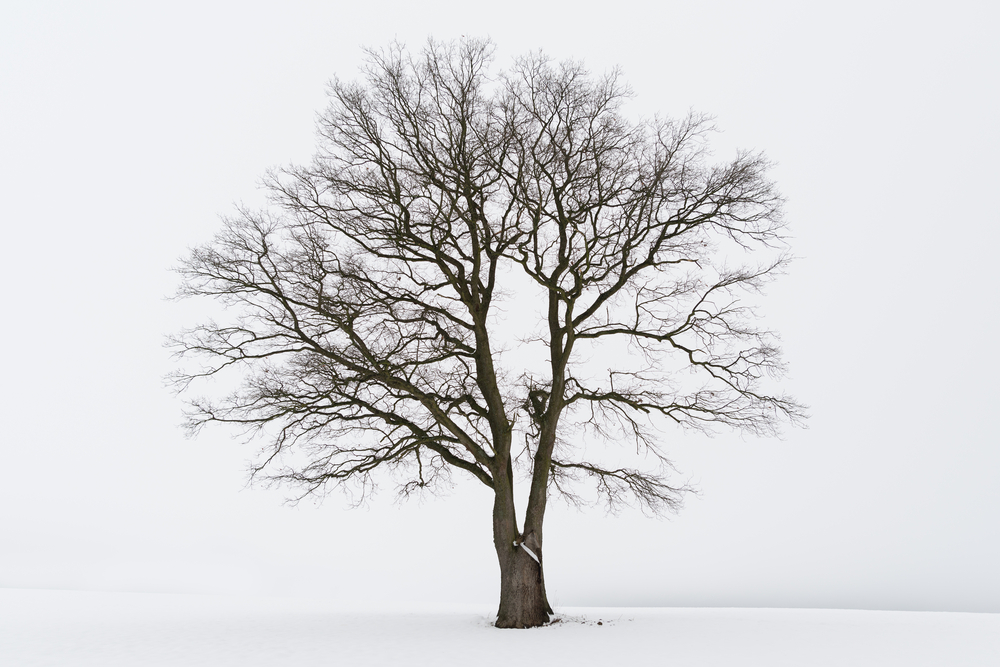Here in Wisconsin, yet again, we’ve just survived another round of bone chilling, undeniably frigid temperatures with wind chills plummeting nearly to –30 F and lower in some places. Just another winter day (or week in this case) in the Badger State, right?
For those that decide to brave the stinging cold and venture out to run errands, let the dog out or even play in this winter wonderland, we have the advantage of putting on layer after layer of protective synthetic clothing to keep our fragile bodies warm. But, have you stopped and wondered how the trees that tower all around us manage to survive in the bitterly cold depths of winter? The answer can be considered quite wondrous!

Since trees cannot physically move themselves, they must endure whatever winter directs at them, and they do so through a number of physiological attributes and changes.
The most obvious change that we notice is the annual fiery explosion of leaf colors in the fall. An event which we all eagerly anticipate every year. Deciduous trees, such as oak, elm, maple and aspen, to name a few, have evolved to discard their entire set of leaves before entering winter dormancy. Large, broad leaves are a major source of water loss and would easily wilt and die in the dry, cold winds of winter. Best to start over in the spring.
Bark provides an effective layer to protect the water and living cells within a tree, but when temperatures plunge to the extreme, most species must rely on specific adaptations to keep the water in their cells from freezing.
Something akin to magic happens as changes occur within the living cells themselves. Water surrounds each cell of the tree, both living and dead, and this extracellular freezing isn’t much of a problem. Frequently, water in the dead cells freezes, but if the water within a living cell freezes, it dies.
In many tree species cold acclimation beings in the fall and as winter progresses the membranes of living cells become more pliable, which allows water to migrate out of the cell and into the spaces in between. This is known as extracellular freezing. As the extracellular water freezes more water is pulled out of the cell while also generating a small amount of heat as it turns to a solid.
Supercooling is another process, usually in combination with extracellular freezing, that trees employ to combat the extreme cold. As temperatures fall, water exits the cells and leaves behind a thicker concentration of dissolved substances, usually sugars. This viscous sugar mixture lowers the freezing point within the cells and acts as a natural antifreeze, while the water outside the cell freezes. Around –30 F to –40 F supercooling becomes ineffective. This can backfire, as any water that remains within the cell freezes and kills it.
But certain species such as aspen, birch and dogwood are still tough enough to survive well below –40 F in places like Alaska and northern Canada. The cells become so dehydrated from supercooling and viscous from the concentration of sugars in the cellular solution that they enter a near state of suspended animation! This amazing process is called vitrification.
As temperatures and day length slowly increase, trees slowly awaken from their slumber. They shrug off the disagreeable offenses imposed by winter, thaw their frozen bodies and prepare themselves for the rebirth and flowery display of spring. A welcome sight to all of us, that our beloved tree friends have survived the winter.







